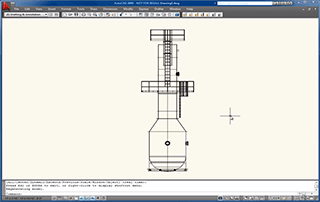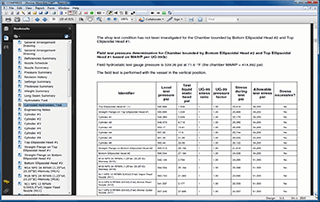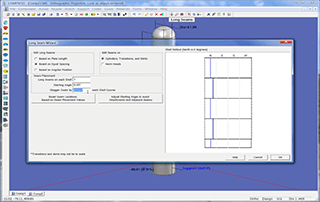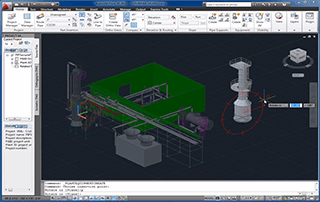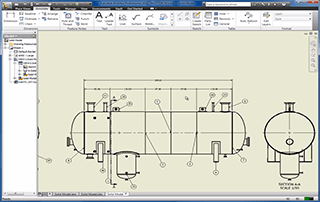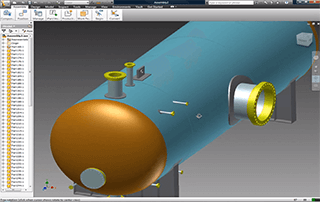Codeware On-Demand Webinars & Tutorials
Import COMPRESS Files Into AutoCAD
See how to import COMPRESS 3D solid model files into AutoCAD®. The COMPRESS solid model export feature reduces the data entry needed to create pressure vessels within your drawing software. Having trouble viewing this video? Download video (.mov 14MB)
Why Perform UG-99 Hydrotest Stress Calculations?
ASME UG-99 Hydrostatic Test Stress Calculations ASME Code paragraph UG-99 requires that all vessels undergo hydrostatic (or pneumatic) testing before Code stamping. As this test provides mechanical stress relief it may be thought of as the final step in the fabrication process. The UG-99 hydrostatic test is an effective way to screen for design, material and fabrication deficiencies as well as to [...]
Why Specify Pressure Vessel Weld Seams?
The Advantages of Locating Pressure Vessel Weld Seams Although not required to perform basic (theoretical) ASME calculations, specifying weld seam locations when designing pressure vessels provides a number of practical advantages: Tall towers often require greater thicknesses near the bottom to resist wind and seismic loadings. Locating circumferential shell seams is necessary to correctly calculate this arrangement. It [...]
Import COMPRESS Files Into AutoCAD Plant 3D
See how to import COMPRESS 3D solid model files into AutoCAD Plant 3D. The COMPRESS solid model export feature saves time by eliminating the need to manually recreate vessel and exchanger equipment within your plant design software. Having trouble viewing this video? Download video (.mov 57MB)
Quickly Create 2D Drawings In Inventor
See how to use a COMPRESS (ASME Code compliant) 3D solid model to quickly create 2D pressure vessel drawings using Autodesk Inventor. Having trouble viewing this video? Download video (.mov 9MB)
3D Solid Model “Walk Through”
With the COMPRESS Solid Model designers can now "walk through" vessels to verify nozzle positions and projections. Having trouble viewing this video? Download video (.mov 13MB)
Export Your Designs as 3D Solid Models
With COMPRESS you can export your designs in any one of the following neutral file formats. See how the COMPRESS 3D solid model export works by opening one of our sample files in your software of choice: ACIS - Download Sample (.sat) Granite - Download Sample (.g) IGES - Download Sample (.iges) STEP - Download Sample (.step) Once [...]
